Transformative Power Of Photography As Self-Expression
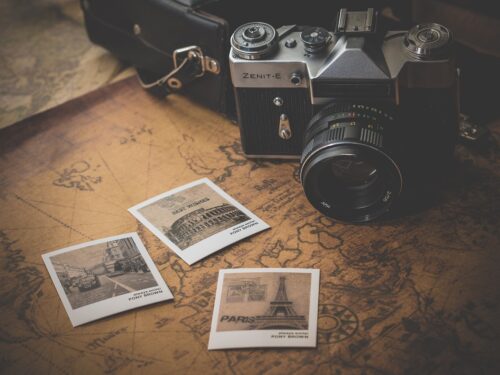
Photography is a creative medium of self-expression involving much more than merely pressing the shutter button. When you think about enhancing your self-expression by taking pictures, you want to find ways to convey your narrative. Let’s go deeper into this article to learn more about the aspect of photography.
You may install technologically advanced cameras on a variety of gadgets, including laptops, camera phones, tablets, tablets, mobile phones, and many more. The cameras on each of these devices have different specs, but they can all take and store pictures. Therefore, it doesn’t really matter if you are an amateur or a professional.
Today, taking pictures has become a must-do activity. These days, individuals with smartphones can use many tools to leverage their images and videos in order to tell a story and make significant use of them. You can gain a fresh perspective on the world through the artistic medium of photography. You can share and retain the beauty of our environment by preserving a moment in time. Photographing the world lets you capture its essence in its entire splendor, from the majestic surroundings of nature to the colorful landscapes of our metropolitan jungles. Photographs that capture moments in time, such as a breathtaking sunset or portrait, have the power to inspire strong feelings and enduring memories.
Having the right camera and perspective can greatly improve your life through photography. It may lift your spirits in difficult times, enable you to see past the setbacks life occasionally brings, and inspire your inventiveness and creativity. One kind of art that has existed since the beginning is photography. Memories are passed down to future generations in this way. But among all of photography’s many wonderful qualities, one sticks out above the rest: the ability to express oneself. People have learned to communicate their emotions and views about a certain topic through drawings.
Photography Unleashes Your Creativity Through Images
With the visual language of photography, you may express yourself via techniques you never would have imagined and let your creativity run wild. You may experiment with new forms of self-expression and challenge the limits of your artistic abilities by playing with various styles, approaches, and themes. You begin to consider the feeling you wish to identify, comprehend, and convey using the pictures that have been taken. Photography allows you to explore your inner self and think creatively, whether by catching the captivating splendor of the natural environment or producing abstract photos that defy your expectations. You’ll start to satiate your thirst for knowledge and dare to try out new photographic subjects.
Creating something simple is a big part of feeling satisfied. Regardless of age, you are inclined to allow others to experience the thrill of creating. And don’t worry, it doesn’t matter how creative you think you are; what matters is that you do it. You will, therefore, discover a wealth of knowledge to be gained from capturing a broad perspective scene on photography as you delve deeper into the world of taking and browsing through photos. Naturally, you don’t have to judge on expert or skilled positions because there are countless opportunities as long as you are content and happy with your work.
Photography Helps You Explore Unique Perspectives
Stepping out of the standard is the initial step towards self-expression in photography. You can produce beautiful, intimate photographs by experimenting with different philosophies that showcase your perspective. With photography practice, you can discover beauty in your everyday life. Everything is easy, from the commonplace things around you to the individuals you spend time with. You can get a new perspective on things by using your camera to capture the beauty in whatever is around you. Photography can help you pause and reflect on all the amazing things you have to be grateful for. This is a wonderful therapeutic effect of photography. It reminds you of the wonder and broadness of the surroundings and the opportunities that have shaped who you are.
Photography helps you explore unique perspectives as you dive into the world of perfect image capture. Well, there is really no “perfect” subject to capture, and that’s what’s great about photography. Every single image you want to take a shot with and every photo you develop is already a way of getting to know what you genuinely think about yourself and the world around you. You begin to focus on finding the beauty around you and start to fall in love with your life in general. This positive association with a photography idea and self-expression through self portrait images allows you to cater to a broad perspective where you will learn to understand the story behind a particular story. You don’t have to be a master artist or anything; just learn the context, gear, light, tool, and technique of photography, you will be able to maintain a great process of the photographic journey.
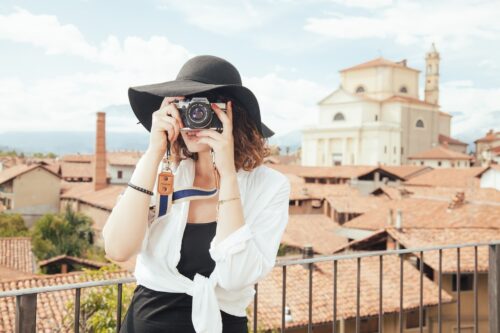
Photography Documents Your Journey Through Life
Photography practices can assist you in reflecting on and reliving your life’s created journey. Personal communications are captured by photography that might have been lost indefinitely. You can aim to reflect on your life since it may transport you to that same moment in time. The images you’ve acquired through photography can serve as a nice remembrance of past experiences. Additionally, your brain will automatically tell you to grin and be joyful just by gazing at the soul of the pictures. With photographs, you may express yourself, retain thoughts or memories, and gain different perspectives of humanity. Isn’t that a fantastic way to improve the way you feel?
Other than stories, photography is the best way to capture the stages of your life from childhood to adulthood. This is a generation-to-generation kind of action. This lets you relive your life’s finest and terrible days using a picture-based experience. The pictures remind you of how you overcame the most difficult times in your life and inspire gratitude for every good thing you have experienced. They can also demonstrate to others how you have chosen to live life to the fullest. You can learn to value who you are through the reflection of photography. It may persuade you that you possess the courage necessary to meet life’s obstacles and act on it.
Photography Can Help With Mental Health Struggles
You might spend some time looking at the most stunning photos to soothe your spirit when you’re feeling stressed out or have had a demanding day at your job. An individual’s concentration is naturally drawn to beautiful pictures. It’s okay to linger and enjoy a beautiful photo of a butterfly, a cat, or the sun setting. As they say, a photograph is worth more than a thousand words, so take time to cherish it. You could get a sense of happiness and fulfillment with these amazing objects that you don’t see very often. The means of imagery includes a message that suggests life is nothing more than amazing things.
Even if you believe that worry and stress steal your life, you can actually improve your general state of mind and emotions by perusing the pictures of the lovely things in your surroundings. You may stay motivated by being inspired and put all of your worry and tension behind you just by making a valuable effort to take worthwhile and positive pictures. Emotional control and cognitive realignment benefit greatly from photography.

Photography Allows You To Connect With The World
Every photographer has a unique perspective on the world, and your unique vision and style are reflected in every image we create. Through photography, you can engage with others more deeply and share your life’s events with them. By making your photos public, you may build a network of like-minded people who appreciate photography as much as we do and encourage people to find beauty everywhere they look. It simulates the way the cognitive system functions during significant events. It depicts the incident as well as the motivations and backstory. Photography lets you change how you see everything around you and get insight into other people’s perspectives. Photography possesses the ability to unite individuals, increase consciousness of significant matters, and foster understanding and sympathy among other individuals.
What makes a photograph really powerful is how well you are able to establish a connection with the subject of the photograph and grasp the essential sentiments, emotions, and narrative. As you capture and examine photos, you’ll discover that they have the power to arouse feelings in others and foster empathy and compassion for the subject of the shot. You start to recognize how you perceive the world significantly from other people and how they see it differently. Through this engagement, you’ll feel more connected to the world and find beauty everywhere, even in the most difficult situations. You’ll also get the need to delve farther into the stories of others’ narratives and start looking for the purpose of life. You come to a point where you consider developing a healthy relationship with yourself and increasing the process of your level of self-awareness. You start to realize that one of the things that renders photography an effective instrument for connection and communication is its ability to stimulate emotions.
Final Thoughts
For most photographers, there is more to photography than merely aiming and clicking a camera. It’s something that takes time, effort, and understanding. Everyone can take beautiful pictures in a frame that tells a story and makes a statement with the example of correct tools and techniques. Photography is an art form that demands meticulous attention to detail and an acute sense of substance, from selecting the ideal angle to modifying the exposure. As they say, a picture is worth a thousand words, so cherish it.
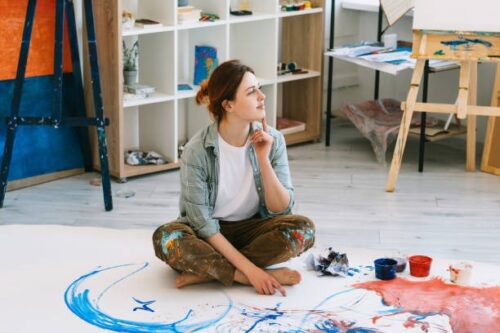
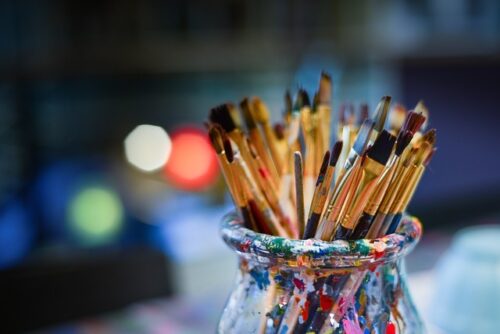
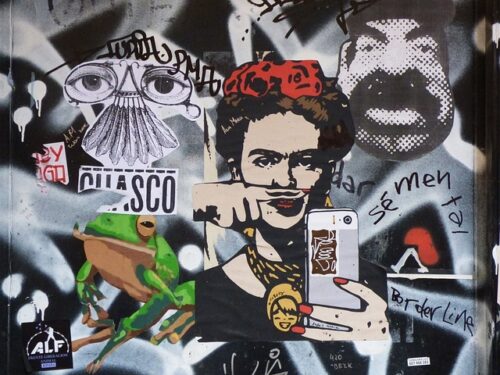
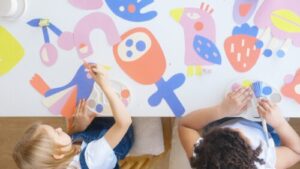
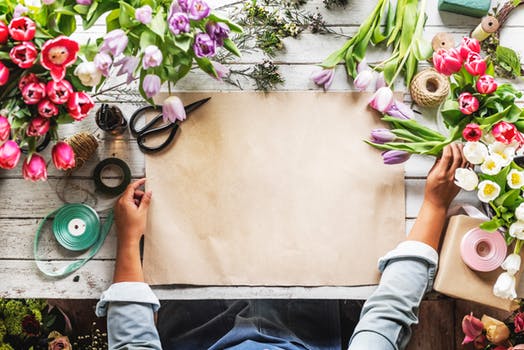
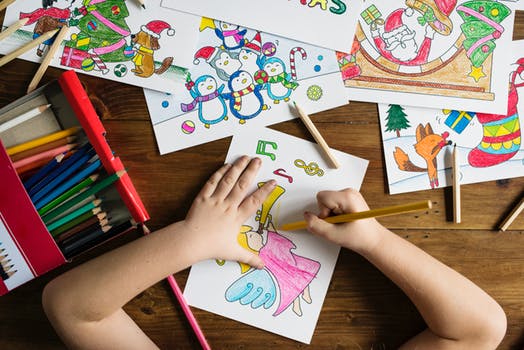
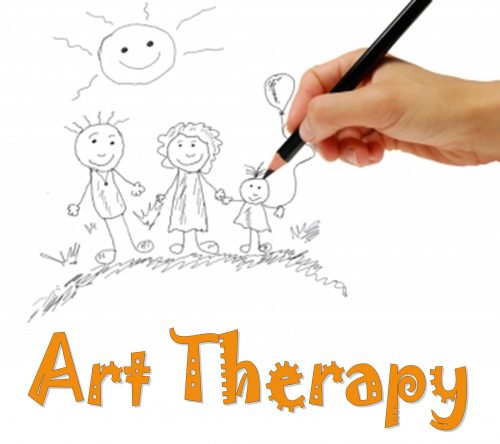



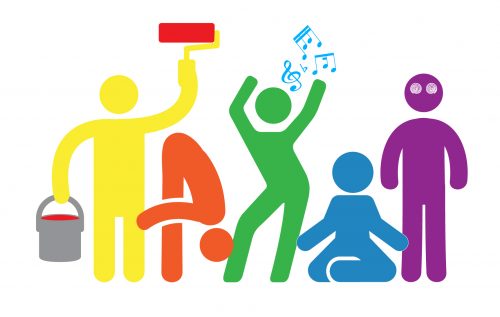


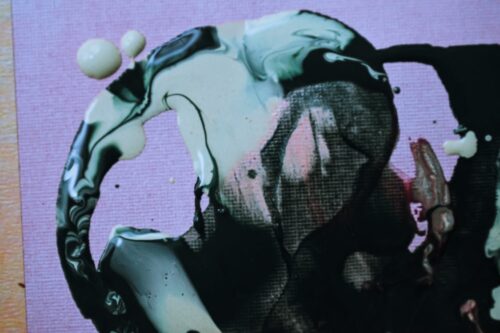

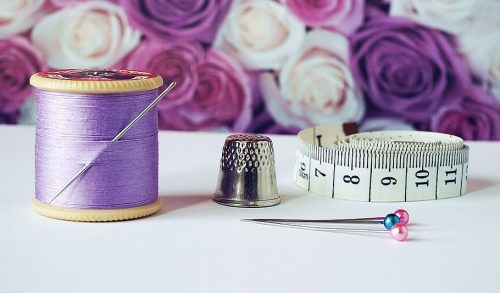
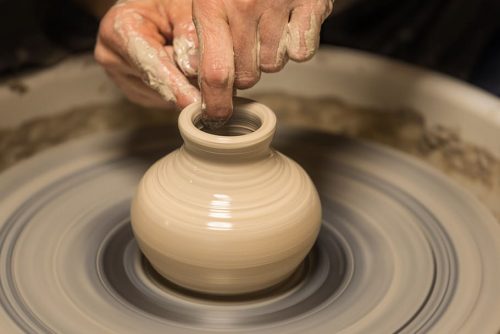
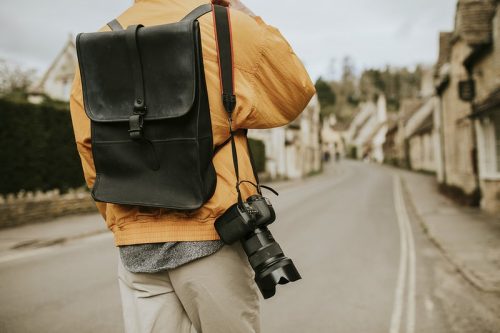
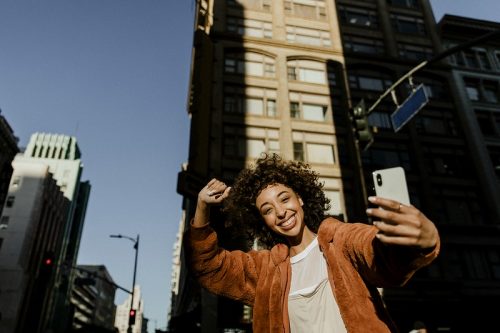
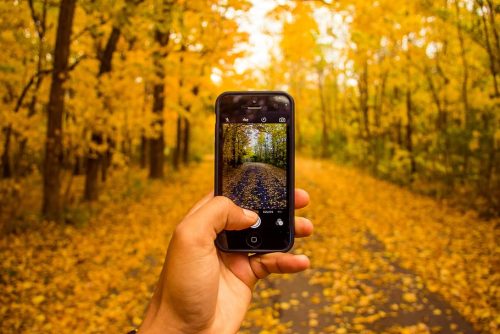

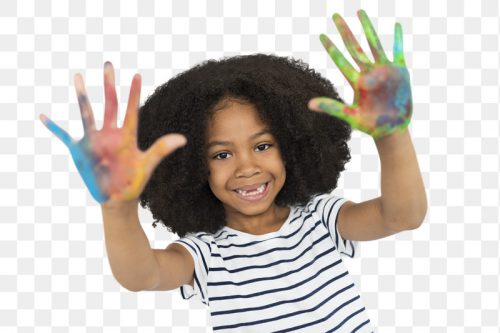

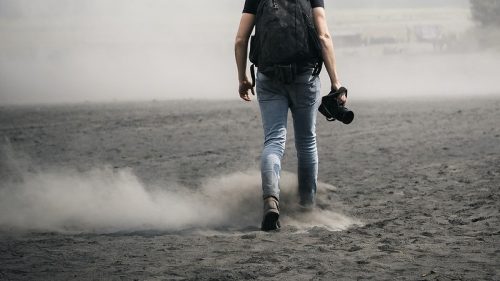
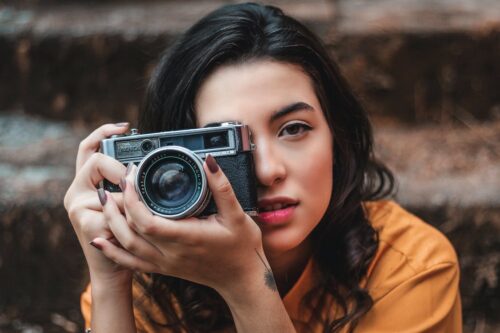
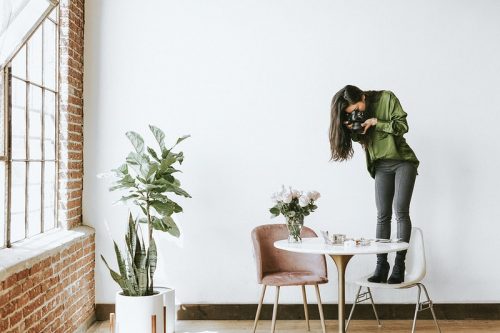
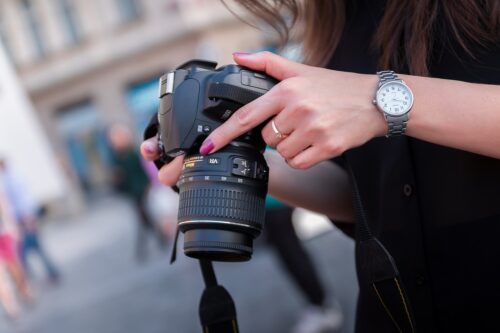
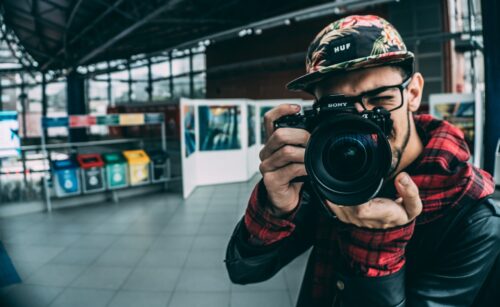
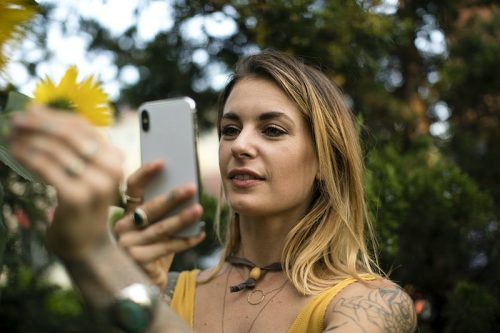
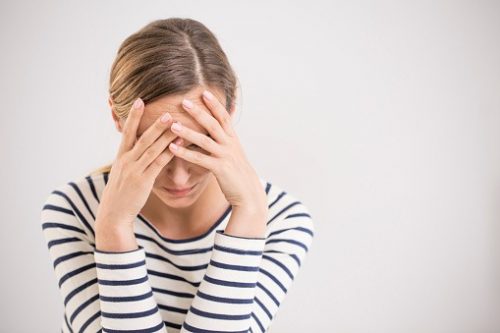
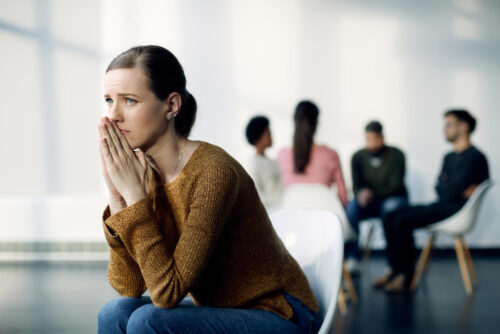



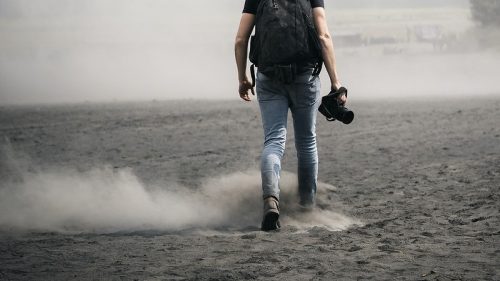







Recent Comments